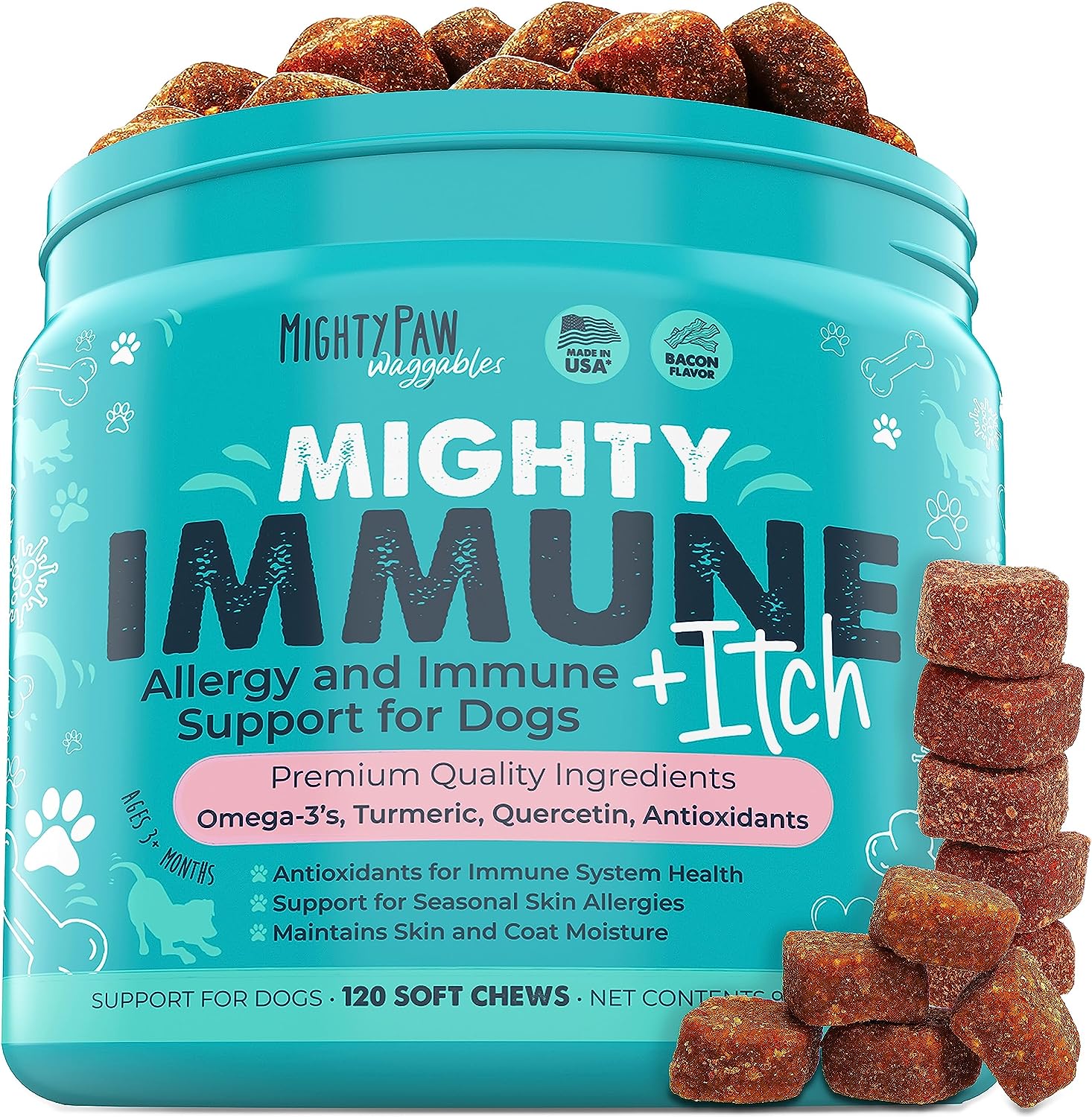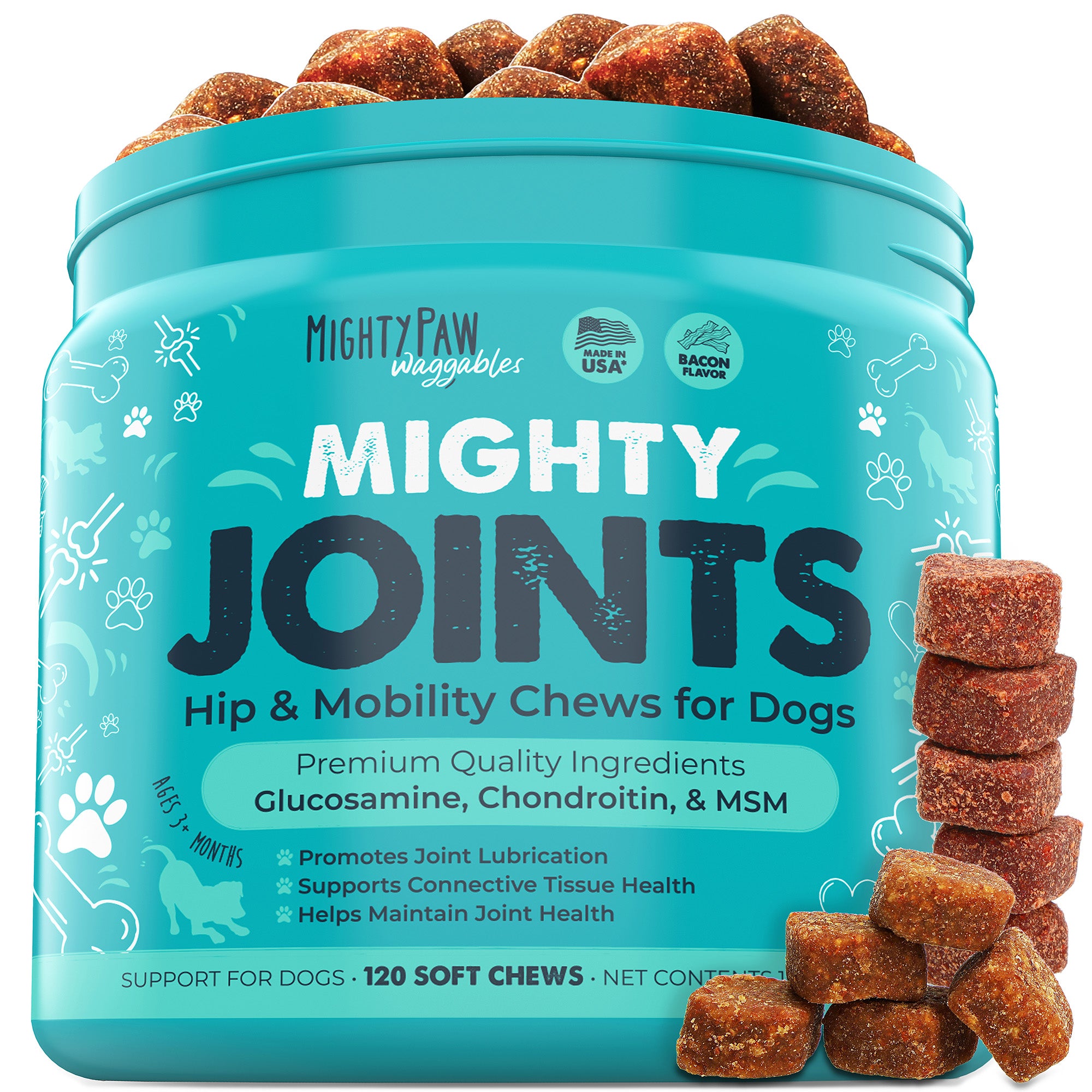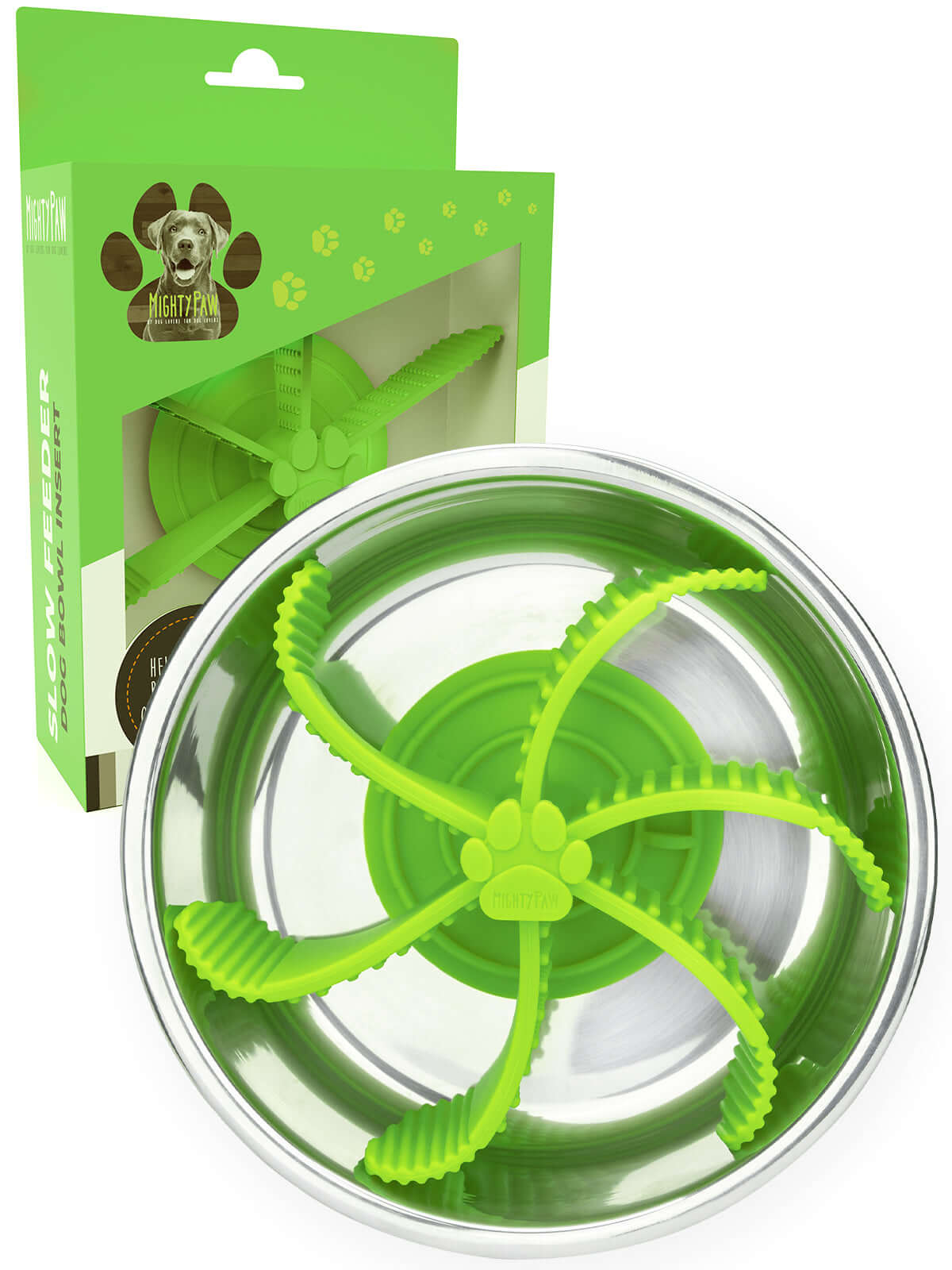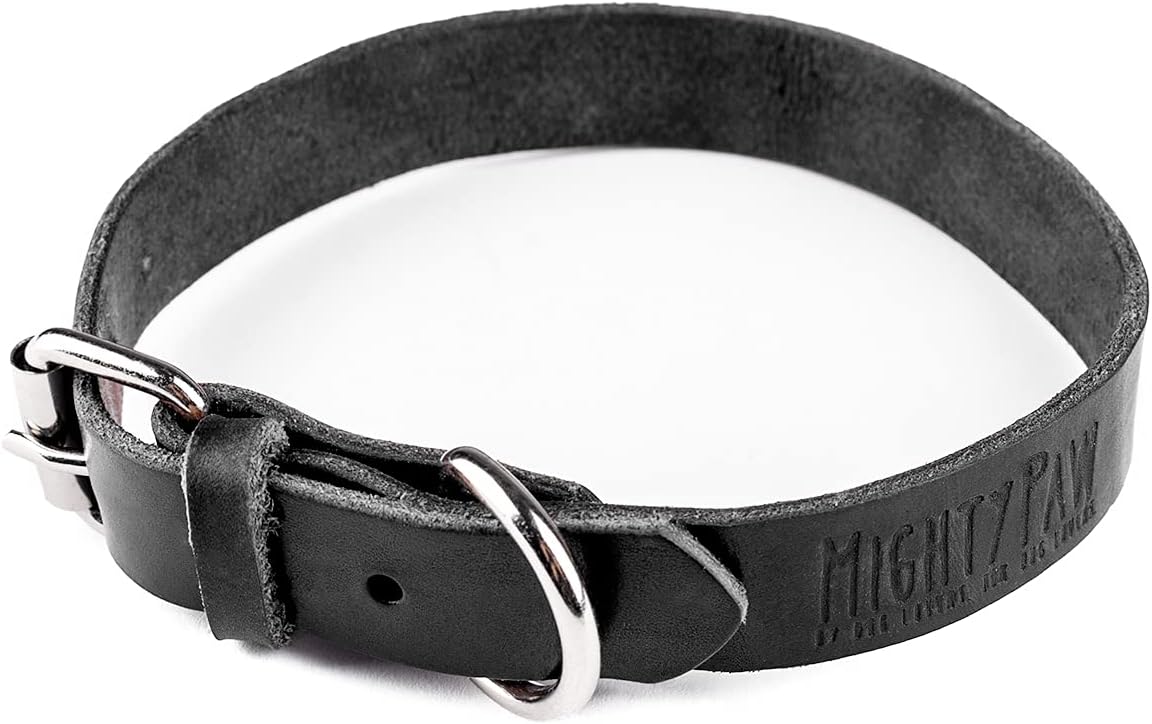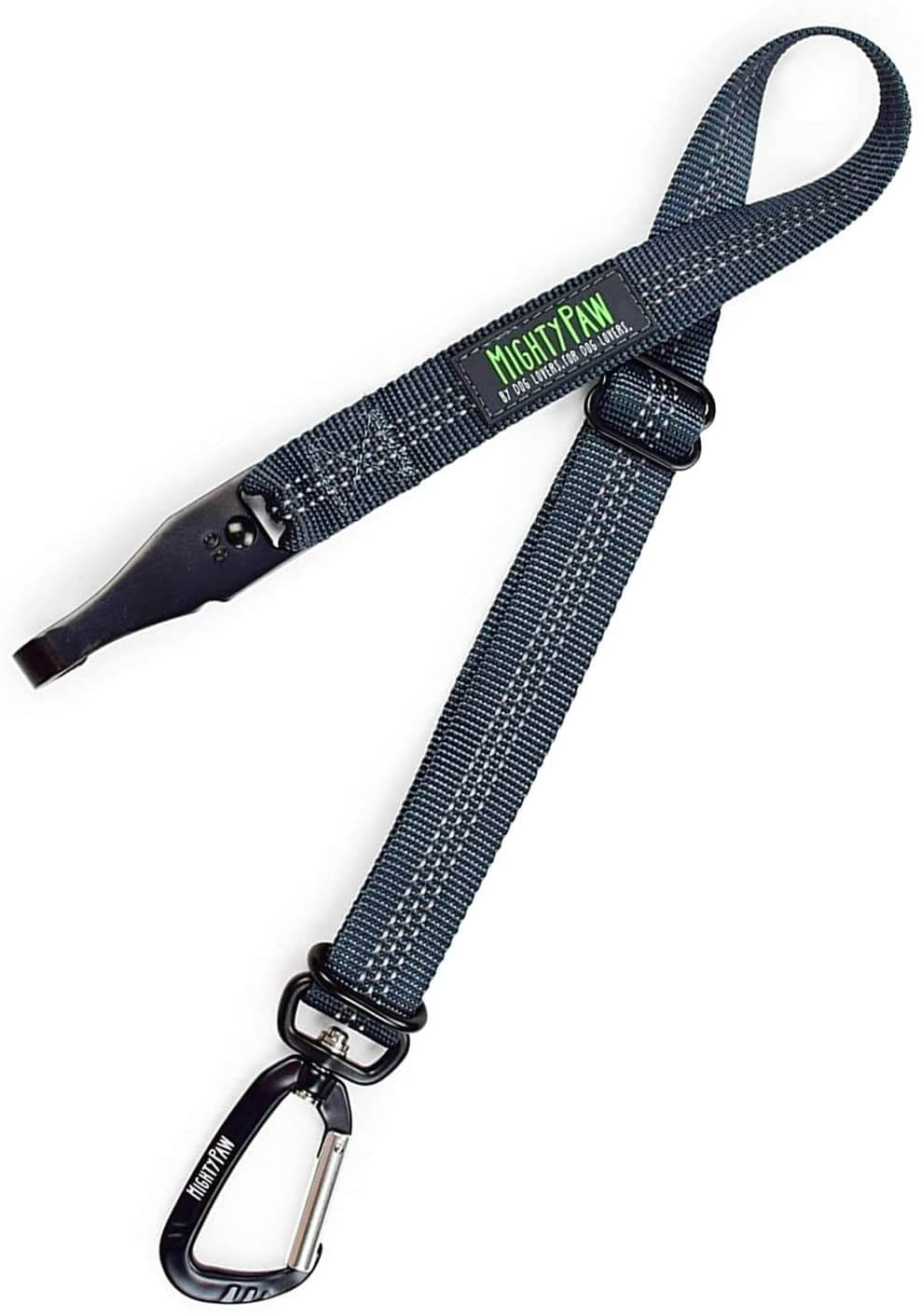Is your dog ecstatic at the sight of dog treats or a dog chew?
With a look that says you're giving your pup the best thing ever?
We're guessing for most pet parents the answer is yes. That's definitely how it is for Barley and the rest of our Mighty Paw dogs! It's also why we know the importance of choosing dog chews and treats that don't add extra calories or lead to unnecessary weight gain in dogs so you can always feel good about freely treating your dog.
But how can you be sure you're choosing the best low calorie dog treats and chews? Let's dive in...
The good news behind your dog's obsession with dog chews
There's a reason dogs LOVE chews - dogs are biologically wired to benefit emotionally, mentally, and physically from the act of chewing.
- A good, long-lasting chew like a yak chew can help support a normal stress response, helping your dog relax naturally. Chewing has a calming and comforting effect on the adrenal-pituitary axis in the brain - triggering the release of endorphins.
- Chewing also engages dogs' brains in a way that's mentally stimulating and relaxing at the same time. An involving chew like braided bully sticks can provide enrichment, much the way games and puzzles do for dogs.
- Then there's the physical, which includes supporting dental health by helping to keep teeth clean and targeting plaque. Good dental health supports your dog's overall health by helping keep bacteria at bay. Chews like chicken feet are especially helpful for dogs who aren't big fans of teeth brushing!
And of course, chews are about more than just the act of chewing. Chews are nutritional content - that can help or hinder your dog's health.

Will dog chews make my dog overweight?
One of the most important questions all pet parents can keep in mind for everything from food to chews to dog treats is how it all fits together for your dog's needed nutrition and ideal weight.
While chews and treats can absolutely be part of a healthy diet, it's important to choose with care.
Why your dog's healthiest weight is critically important
Almost 60% of dogs are overweight in America, and sadly, excess weight (even a few pounds) dramatically increases the risk of diabetes, heart disease, and many types of cancer. Even a little extra weight puts tremendous pressure on hips, backs, and leg joints and could lead to joint disease and reduced mobility.
The most recent scientific data show even moderate excess weight shortens a dog's life expectancy by as much as two years and possibly more.
The good news is feeding a complete and balanced diet and making sure your dog doesn't become overweight is almost totally and easily in your control.
How to tell if your dog is at a good, healthy weight
If you're wondering whether your dog is at the right weight, there are a couple ways to check it yourself visually.
- As you look down on your dog standing, you should be able to see your pup's "waist," a little inward curve between the rib cage and hips. Overweight dogs tend to look square with no "waist" dip; dogs who have more of a bulge there may fall into the obese category.
- Feel your dog's rib area to gauge weight/body condition by placing your thumbs on your dog's spine and feeling the ribcage with your open hands. You should be able to feel the ribs under your dog's coat and skin.
Your veterinarian can also give you an accurate assessment and tell you if your dog is just right or needs to lose weight (or gain weight in some cases). Veterinarians usually love the opportunity to have this conversation with dog parents since it's so important to overall health and longevity (and not always an easy subject for them to broach).
Making the right dog treats and chews choices for your dog
There's no such thing as a free lunch (or calorie-free snack) - for dogs as well as humans unfortunately! Just because your dog has a chew between meals or multiple dog treats on a walk, doesn't mean those calories don't count. Everything counts - both for nutrient content and number of calories in your dog's daily total.
To your dog's body, chews and treats are food too - that's why you want to make sure both are as clean and nutrient-dense in their ingredients as your dog's food and not loaded with empty, extra calories or unnatural additives or fillers.
It's a good idea to know the calorie count of your dog treats and chews so you can factor them into your overall target calories each day. Did you ever think you would be calorie counting when you got your dog?

General rule of thumb for healthy treating
A general rule of thumb for a dog's overall diet of food and dog treats/chews should fall within the 90/10 rule with 90% from food and 10% dog treats/chews to maintain a complete and balanced diet of all necessary nutrients.
It's great to give your dog nutritious chews and treats. Just keep in mind your dog's personal total calorie goals to avoid weight gain! And remember, you can always check with your veterinarian to find out what this is for your dog.
What to look for in chews for your dog
Here's a checklist of what to look for in chews and treats that provide dogs with the most potential health benefits, taste great, and have a low-calorie count.
Single ingredient chews
The clearest way to know you're giving your pup high-quality ingredients is to go with a chew that is one single ingredient and 100% what it is.
What is "single ingredient" exactly? Take our Mighty Paw Bully Sticks for example. These dog chews are 100% grass-fed beef pizzle, just bully sticks - nothing added, no added flavors, fully digestible, protein-rich, grain-free, gluten-free, chemical-free, preservative-free. Or our Cow Kneecap Chews, also all natural, single ingredient, 100% grass-fed beef.
All-natural, very limited ingredients
Some 100% natural, healthful chews are by necessity more than a single ingredient. What does that mean? For example, our Mighty Paw Naturals Yak Chews made with yak and cow milk include a small amount of lime juice and salt to harden the cheese into a chew (which becomes lactose-free in that curing process!).
The key in very limited ingredient chews is to be all-natural with no chemicals, fillers, or other ingredients no one can pronounce.
Nutrition facts/key nutrients
Look for transparency on the package so you can read the labels to know exactly what you and your dog are getting. You should be able to see clearly what's in each chew with key nutrition facts such as percentage of total and how many grams of protein, fat, carbohydrate along with key nutrients like calcium.
Look for how many calories per chew or serving or a calculated estimate if possible. Some chews and treats can have twice the calories without delivering twice the nutrition.
Beware if you see a long list of ingredients and things you don't recognize - a sign the chew includes chemicals, fillers, preservatives, flavor additives. It's so much easier to read labels when it's a single ingredient or very limited ingredients!
Relative chew hardness to match your pup's life stage & chewing style
Your dog may have a chewing style preference in hardness and texture of dog chews - whether chewy, soft, crunchy, or anywhere on the hardness scale. Sometimes life stage needs come into play as well, such as a chewier texture for teething puppies so they can massage their gums and incoming teeth.
For senior pups, you might want a more medium or even soft or lightly crunchy chew. Look for notes on the packaging that shows where chews fall on the hardness scale or other details important to your individual dog.
What does that look like in real life? Chicken Feet Chews , for example, are high in protein (great for growing puppies, seniors, all dogs) and naturally rich in glucosamine and chondroitin which is important support for adult and senior dog joints - and they are a crunchier, chewier option that works for puppies to seniors. (If you have a teething puppy who needs some "give" in a chew to massage teeth and gums, Bully Sticks or Collagen Sticks are both perfect long-lasting choices.)
Pro tip: You can also mix up your dog's chewing and treating with raw vegetables and fresh fruit like carrots and apples - a much quicker chew but low calorie and high in antioxidants.

A couple dog chew watch-outs...
What to avoid: rawhide chews
Avoid rawhide in any form - rawhide chews, rawhide bones, anything rawhide. While rawhide used to be a popular choice among pet owners, now nutritionists and veterinarians warn against them for a number of serious reasons.
The nature of rawhide and its processing creates chews that can not only be high in fat and calorie content, they can pose choking hazards, and can expand in the stomach causing digestive issues or even blockages. The processing also introduces chemicals and toxins into the final product.
A word about "dental chews"
There are many chews available now that are manufactured to be "dental chews." If you're like us, you welcome any help you can get cleaning your dog's teeth without the wrestling match that brushing can sometimes be!
But there are plenty of natural options like Bully Sticks, Collagen Sticks, or Yak Chews that can help your dog chew his or her way to cleaner teeth without concerns for additives, chemicals, or digestibility.
Happy and healthy chewing!
We hope this helped answer the common question "are dog chews fattening!" Chewing = happiness for our Mighty Paw dogs (along with dinner, treats, walks, toys, sniffing, play...), which is why it's important to us that our dog chews promote all the things dogs love in a healthy and safe way.
Have fun and enjoy watching your dog happily enjoying a dog chew!









